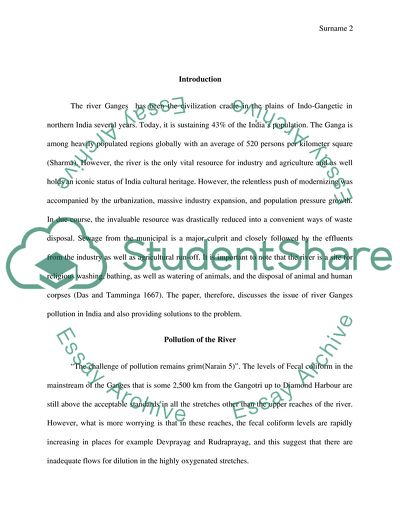Cite this document
(Pollution of the Ganges River in India Term Paper, n.d.)
Pollution of the Ganges River in India Term Paper. https://studentshare.org/environmental-studies/1871367-pollution-of-the-ganges-river-in-india
Pollution of the Ganges River in India Term Paper. https://studentshare.org/environmental-studies/1871367-pollution-of-the-ganges-river-in-india
(Pollution of the Ganges River in India Term Paper)
Pollution of the Ganges River in India Term Paper. https://studentshare.org/environmental-studies/1871367-pollution-of-the-ganges-river-in-india.
Pollution of the Ganges River in India Term Paper. https://studentshare.org/environmental-studies/1871367-pollution-of-the-ganges-river-in-india.
“Pollution of the Ganges River in India Term Paper”. https://studentshare.org/environmental-studies/1871367-pollution-of-the-ganges-river-in-india.


